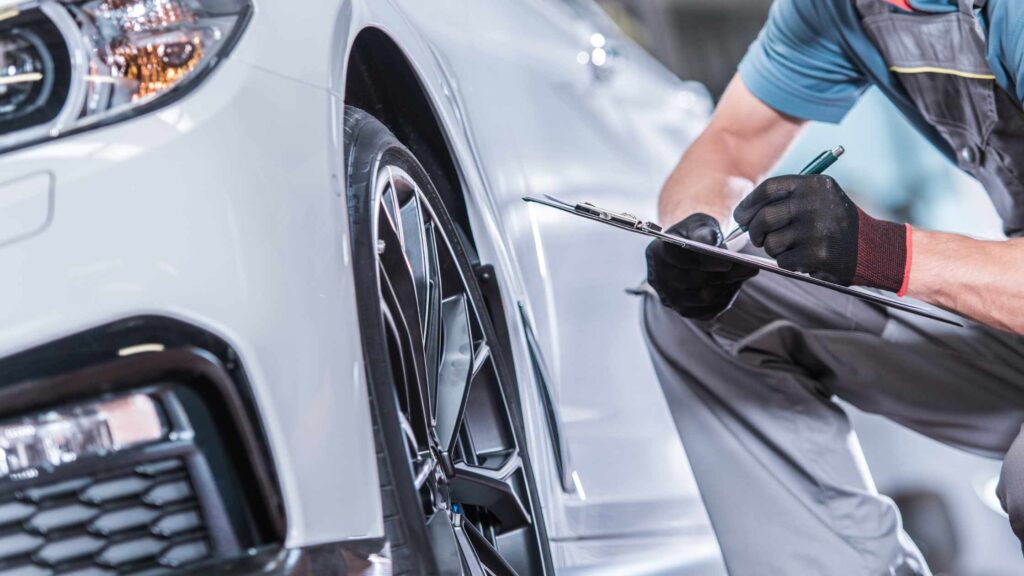Introduction
Adding a roof rack to your car can provide you with a number of benefits, but it’s important to carefully consider the advantages and disadvantages before making a decision. In this article, we will explore the pros and cons of installing a roof rack, and provide you with some helpful tips to ensure optimal versatility and functionality.
The Pros of Installing a Roof Rack
1. Increased Storage Space
One of the primary advantages of a roof rack is the additional storage space it provides. Whether you’re going on a road trip or simply need extra room for everyday items, a roof rack allows you to transport bulky items such as luggage, sports equipment, and camping gear with ease. This can free up valuable space inside your car and make your journey more comfortable.
2. Versatility
A roof rack offers incredible versatility, allowing you to transport a wide range of items. From bicycles and kayaks to skis and snowboards, a roof rack can accommodate various outdoor equipment. This flexibility is particularly useful for individuals who enjoy outdoor activities and need a reliable solution for transporting their gear.
3. Easy Installation
Today’s roof racks are designed to be user-friendly and easy to install. Many models come with detailed installation instructions and can be securely attached to your vehicle’s roof in a matter of minutes. Additionally, most racks are compatible with different car models, providing a hassle-free experience for car owners.
4. Accessibility
Roof racks make it easy to access your belongings without having to dig through a packed trunk or rear cargo area. With items readily accessible on top of your car, you can quickly grab what you need, saving time and effort.
5. Improved Fuel Efficiency
Contrary to popular belief, properly installed roof racks can actually improve your car’s fuel efficiency. By clearing up space inside your vehicle and reducing drag, a roof rack can help to streamline aerodynamics and optimize fuel consumption.
The Cons of Installing a Roof Rack
1. Increased Wind Resistance
Although a roof rack can improve fuel efficiency when installed correctly, it can also introduce additional wind resistance. This resistance can impact your car’s aerodynamics, leading to decreased fuel economy, especially at higher speeds. It’s important to factor in this potential downside before deciding to install a roof rack.
2. Height Clearance
Another drawback to consider is the effect a roof rack can have on your vehicle’s overall height. Depending on the height of your car and the items you intend to transport, you may need to be mindful of parking garages, low bridges, and other overhead obstacles. Be sure to measure your vehicle’s height and assess any potential clearance issues before installing a roof rack.
3. Noise and Whistling
While traveling at higher speeds, a roof rack may create additional noise and whistling sounds. This can be distracting and potentially bothersome, especially on long drives. Some roof rack models come with noise-reducing features, so it’s worth considering these options if noise is a concern for you.
4. Additional Cost
The installation of a roof rack will incur an additional cost. While there are affordable options available, high-quality roof racks can be quite expensive. It’s essential to consider this upfront cost when budgeting for your car accessories.
Tips for Versatility and Functionality
To make the most of your roof rack and ensure optimal versatility and functionality, consider the following tips:
- Properly distribute weight: Ensure that heavy items are evenly distributed across the roof rack to maintain balance and stability while driving.
- Secure your items: Use proper tie-down straps and locks to secure your belongings to the roof rack. This will prevent any unwanted movement or damage during transit.
- Regularly check and maintain: Inspect your roof rack regularly for any signs of wear or damage. Tighten any loose bolts or screws and make sure everything is in good working order.
- Remove when not in use: If you don’t frequently use your roof rack, consider removing it when not in use. This can help improve fuel efficiency and reduce wind resistance.
Summary
Installing a roof rack on your car can provide valuable storage space, improved accessibility, and increased versatility. However, it’s important to weigh the pros and cons before making a decision. Consider factors such as wind resistance, height clearance, and potential noise. By following some helpful tips, you can make the most of your roof rack and ensure a functional and versatile addition to your vehicle.







